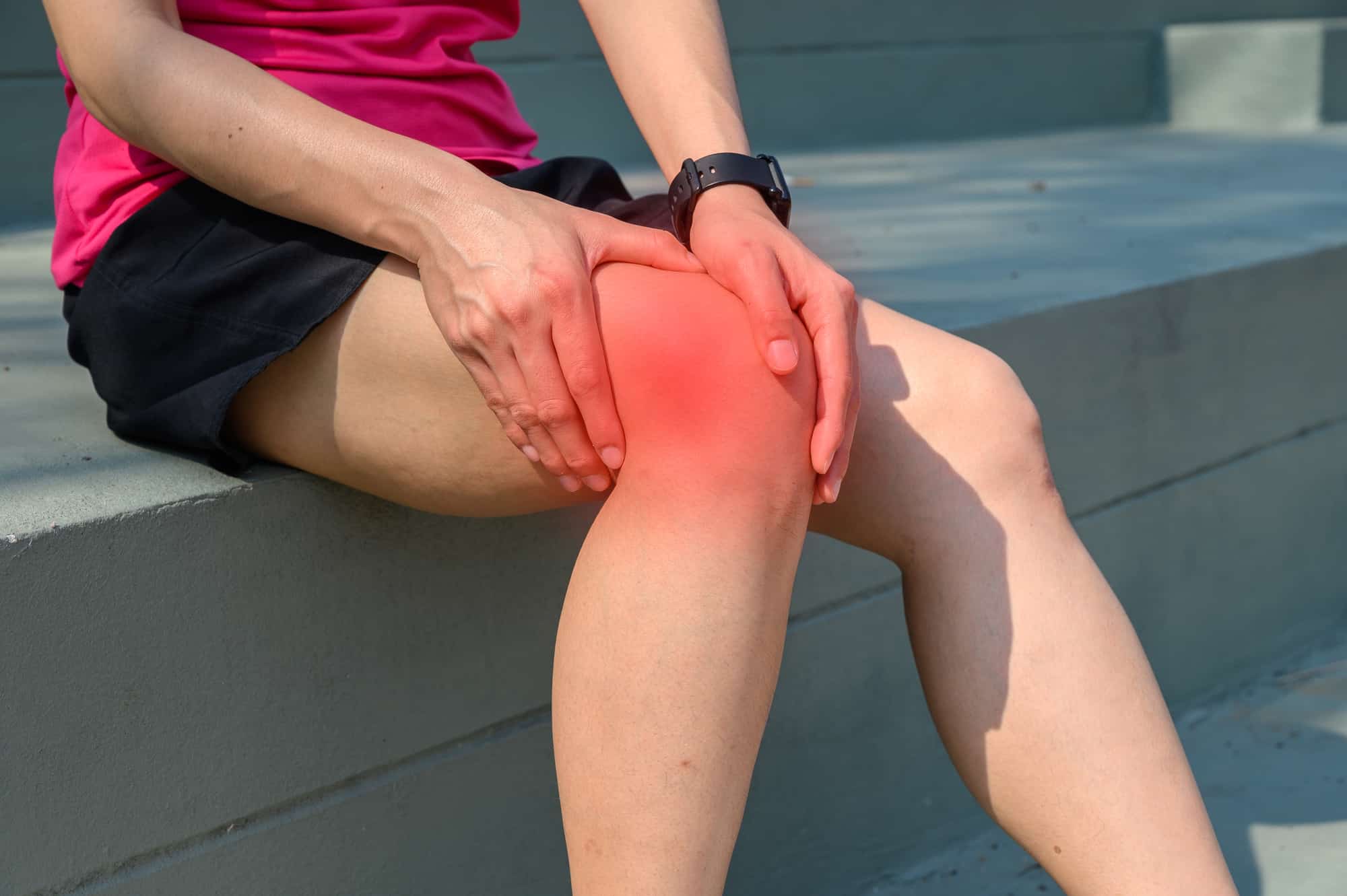
Are you having problems with your IT band?
Iliotibial band syndrome is a common "overuse" issue that affects men and women of all ages, physical fitness levels, and activity backgrounds.
The condition occurs when the iliotibial band - a thick fibrous structure that runs along the outside of your thighs from the hips to the shinbone - becomes inflamed or irritated.
While this form of tendonitis can be painful and lead to decreased performance in athletes, it's important to point out that with proper treatment and preventative care, we can manage most cases without surgery or injections.
As well as runners and cyclists, the syndrome is most commonly seen in young soccer and basketball players, skiers, and hockey players. But as with everything, not always.
The most effective treatment options for iliotibial band syndrome include rest, stretching and strengthening exercises, and physical therapy.
You should also warm up before exercise, wear the correct footwear and avoid straining the IT band.
In this blog, we discuss in detail what causes iliotibial band syndrome, its symptoms, treatments, and the steps you can take to manage your recovery.
More Blogs From Cardin & Miller:
How To Keep Up With Physical Therapy When You Have A Busy Lifestyle?
And How Does It Present Itself In The Body?
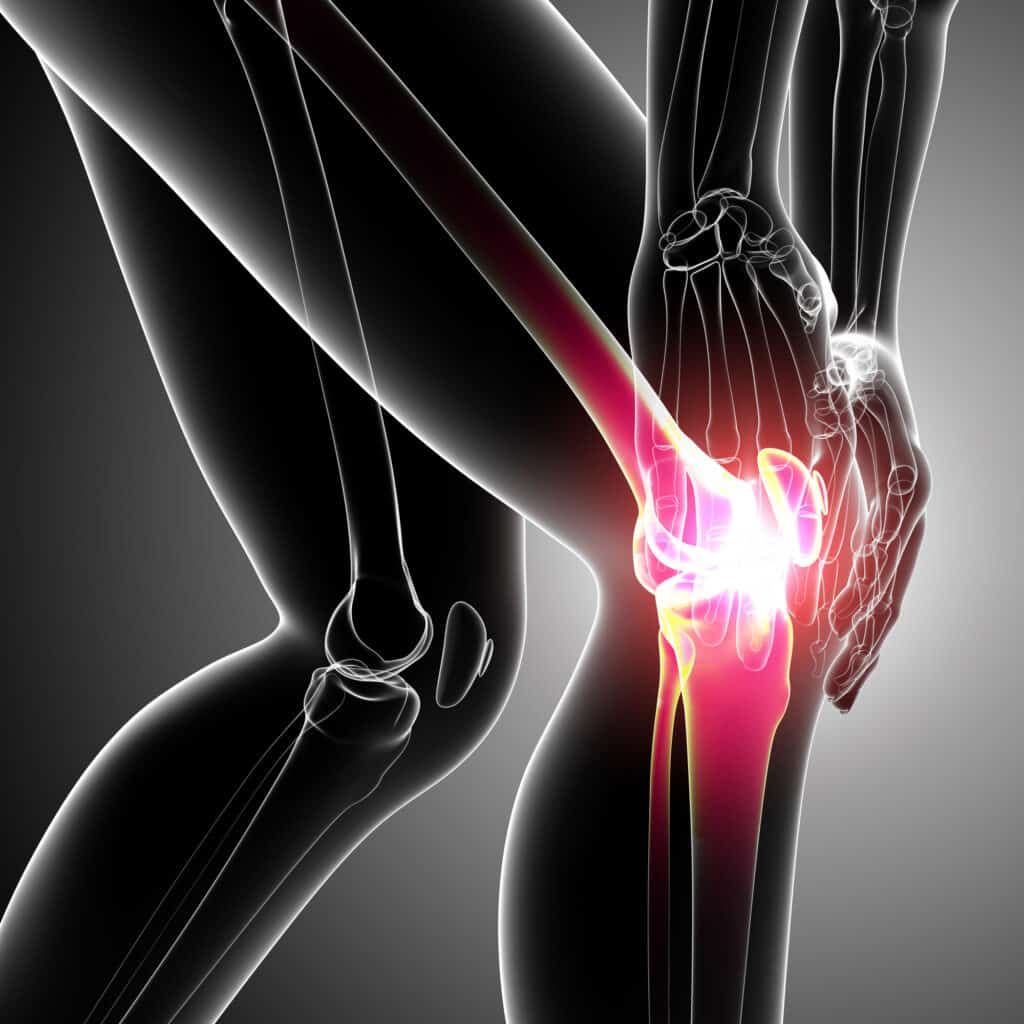
Iliotibial band (ITB) syndrome is a common injury that usually affects runners and athletes. The root cause of this condition is inflammation of the “iliotibial band."
This mysterious band is a thick layer of connective tissue that runs from hip to knee on both sides. It plays an essential role in stabilizing your knee joint during movement.
When the IT band becomes inflamed, it can cause pain and discomfort outside the knee. Patients often describe it as a sharp stinging sensation.
Other symptoms may include inflammation, tenderness, and a clicking or popping sensation during movement. Iliotibial band syndrome can be a frustrating condition that limits your ability to run and compete.
Still, you can recover and return to your active lifestyle with proper treatment and management.
What Causes ITB Syndrome?
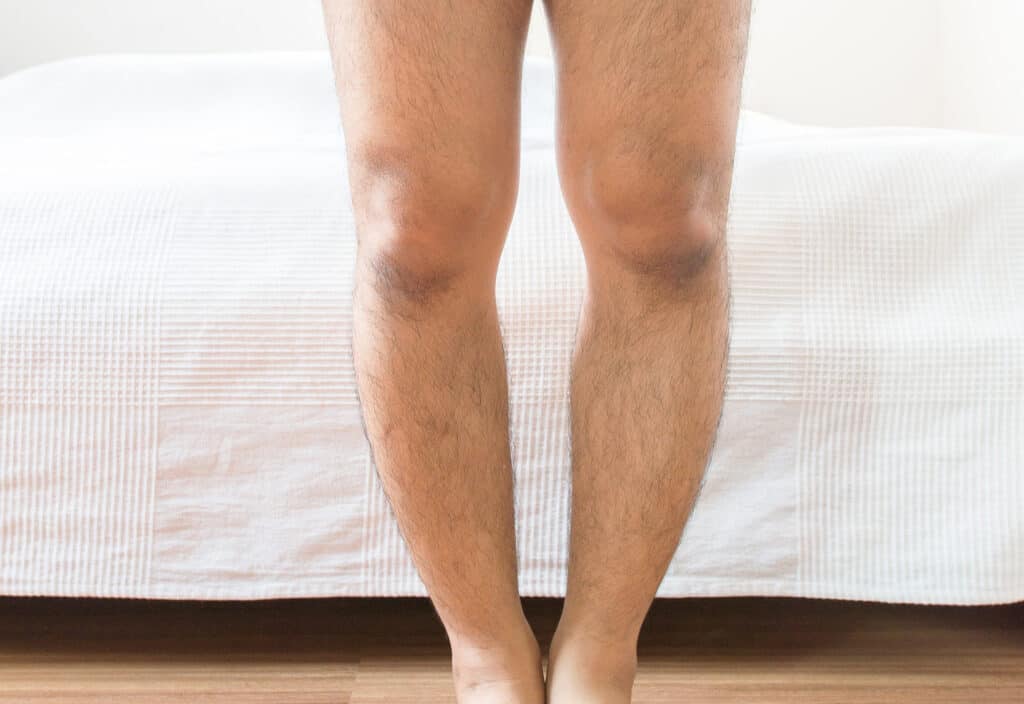
Some risk factors can predispose you to IT band syndrome. They include:
In fact, some people are just born with a tight iliotibial band. But as we mentioned, iliotibial band syndrome is a common injury among young athletes and active individuals without the above risk factors.
The reason why active people are more prone to this condition is because of overuse that causes tightness in the iliotibial band (ITB) running from the hip to the knee.
When your iliotibial band is tight, it can rub against the outer part of your knee joint and cause inflammation and pain.
That’s why it’s sometimes called “friction syndrome” because that describes exactly what happens to cause it.
Overuse is one of the major underlying causes of the band becoming tight and inflamed due to the repetitive motions involved in sports like running and cycling.
Therefore, it's important to address iliotibial band syndrome at the first sign of trouble, as it can worsen over time, lead to more serious injuries, and prevent you from doing all the things you love.
Thankfully, with proper care and treatment, you can return to running and/or cycling again without pain and, with our help, avoid similar injuries in the future.
What Are The Symptoms Of ITB Syndrome?
What should I look out for?
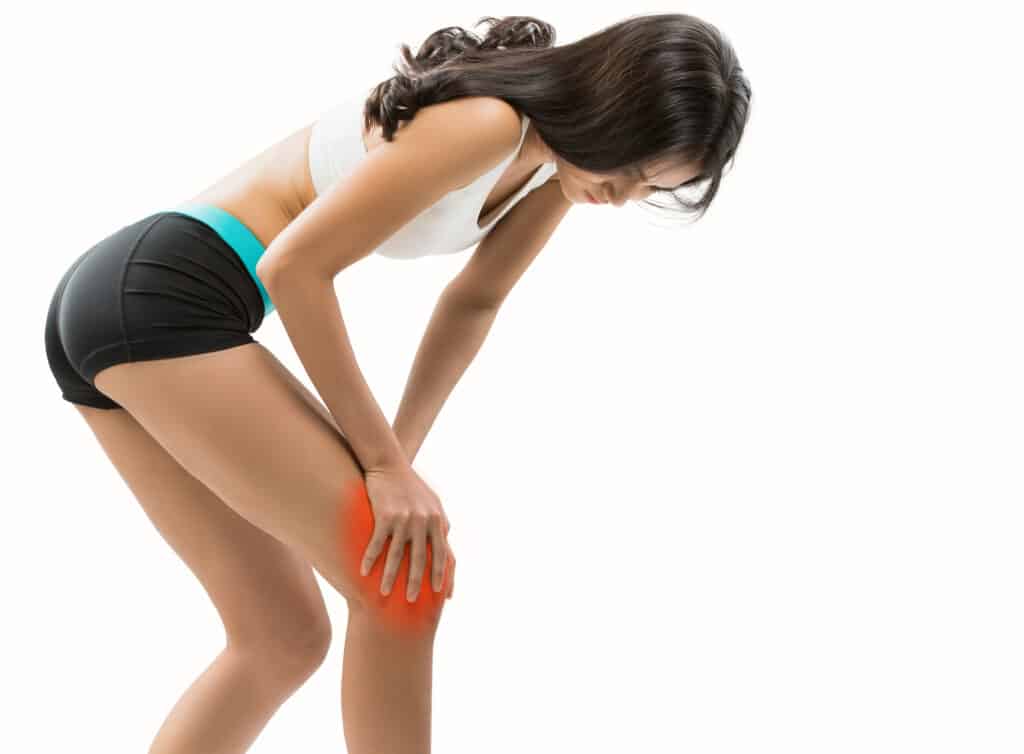
We know that iliotibial band syndrome can be frustrating and painful for athletes and runners. The syndrome affects the outside of the knee, causing a sharp pain that can limit mobility and interfere with your performance.
Some common symptoms to look out for include aching or burning in your knee joint, swelling, and a popping or clicking sensation while walking or running.
Other signs may include pain or tightness in the hip or thigh area, especially during prolonged activity.
If you experience any of these symptoms, contact a physical therapist as soon as possible to prevent further injury and guarantee a speedy recovery.
Other symptoms of this condition include:
If you are an athlete or play sports regularly, your symptoms can worsen by not warming up enough or long enough before exercising or not dedicating enough time to cool down at the end of any type of exertion.
Running on uneven surfaces or spending a lot of time running down hills can also contribute.
What Are The Treatment Options For Iliotibial Band Syndrome?
While rest may seem like the most logical solution, it's important to remember that other treatment options such as stretching and strengthening exercises targeted towards the hips, glutes, and IT band can be particularly helpful in preventing and managing iliotibial band syndrome.
Therefore, a multi-faceted approach to treatment using a balance of rest and therapeutic exercise is usually the most effective.
Plus, too much rest can sometimes be counter-productive and cause an increase in total-body stiffness and inflammation in the iliotibial band.
Your doctor may recommend medical interventions such as injections or prescription medication to manage the pain.
But we recommend you try physical therapy before resorting to these treatments because they're not without side effects.
Prevention Strategies For Avoiding Iliotibial Band Syndrome
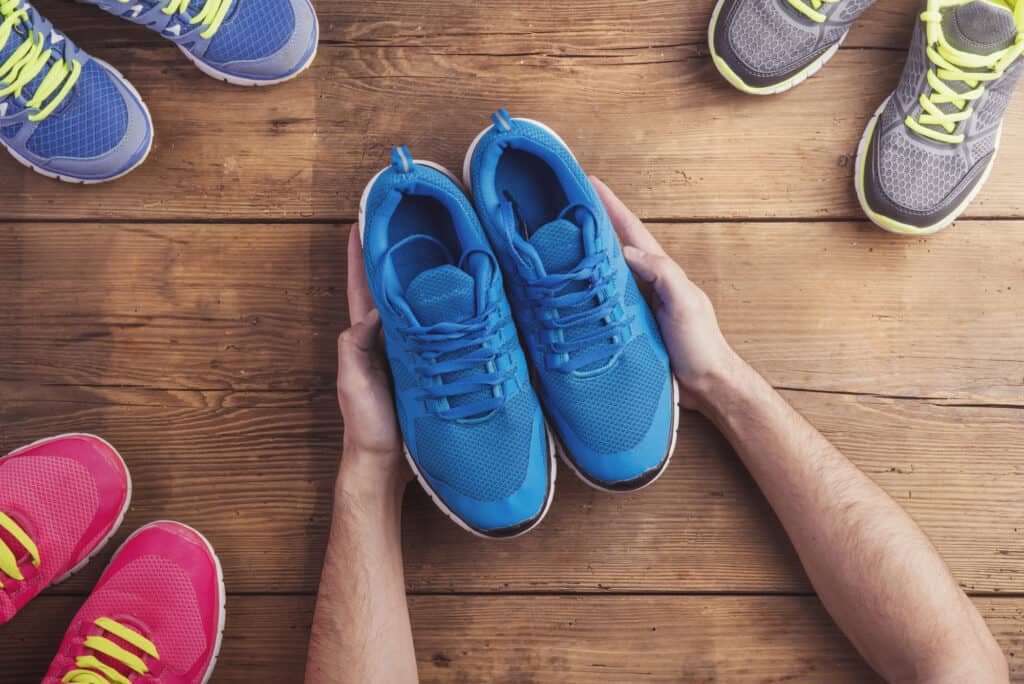
So, we know that Iliotibial Band Syndrome (ITBS) is a common injury that affects the outer part of the thigh and knee. But what can you do to prevent it?
If you're a runner or cyclist, or any other type of sportsperson, it’s super-important important to implement proper prevention strategies to avoid being struck down by IT band syndrome.
Otherwise, you might be forced to rest. A key prevention strategy is a proper warmup before exercising.
This extra but necessary step can help prepare your body for movement and exercise and reduce the risk of injury.
In addition, choosing the correct footwear can also help avoid ITBS. Proper footwear provides support and stability and can reduce the strain on the IT Band.
Finally, appropriately managing the load of activities that strain the IT Band is critical to preventing injury – ask a physical therapist for advice and guidance on how to do this.
But by following these easy prevention strategies, you can start reducing your risk of developing iliotibial band syndrome and continue to participate in physical activity pain-free.
Do You Need To See A Physical Therapist?
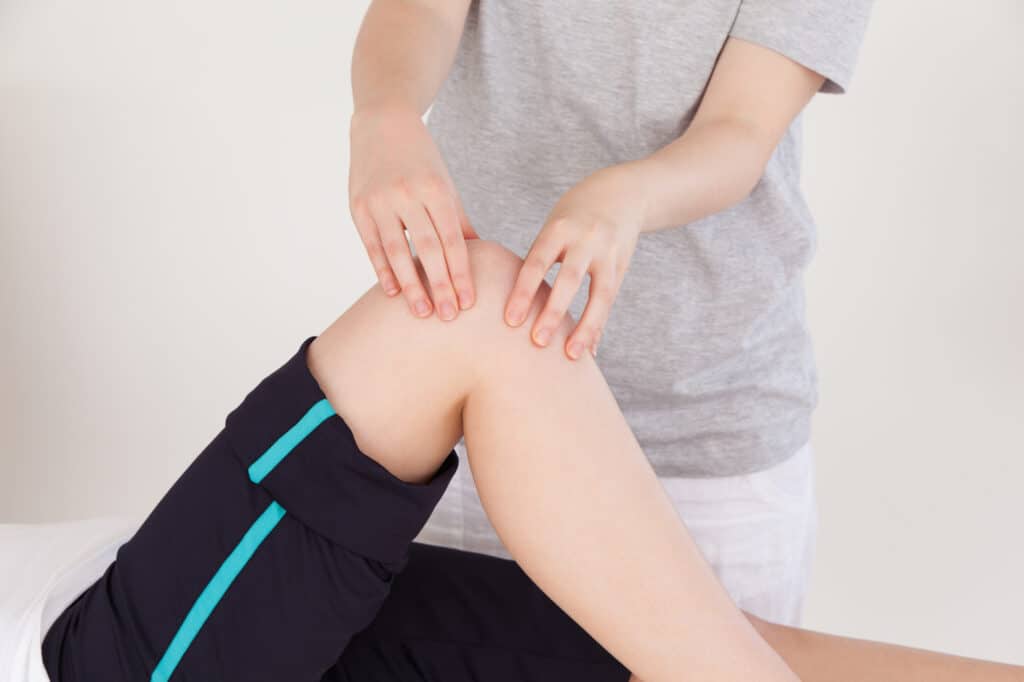
Knowing when to seek professional help is crucial for your physical and mental well-being.
There is no reason to suffer in silence if you are experiencing persistent or severe symptoms connected to problems with your IT band.
Also, don’t let your doctors palm you off with "rest and medication." That’s not an appropriate strategy to fix the issue for young and healthy athletes and sports players.
We can help you manage your symptoms more effectively. You’re not on your own either. Iliotibial band syndrome affects up to a quarter of adults at some point in their lives.
ITB syndrome can be both painful and frustrating. However, understanding how it manifests itself in the body, its possible causes, and what important symptoms to look out for can help you identify it faster and make timely decisions that could prevent the condition.
But if you are experiencing persistent or severe pain related to ITB syndrome now, it is best to seek professional medical advice from a sports doctor or physical therapist.
Then, with a proper diagnosis and treatment plan (followed correctly), you can look forward to ultimately regaining your superior performance and mobility.
It’s important to remember that there is no shame in asking for help and that seeking professional assistance is a sign of strength, not weakness.
You can overcome your struggles and get back to peak fitness with the right treatment and support. So, booking a consultation with us to start the process is the fastest way to start restoring your health and happiness.
We correct your issues using a customized treatment plan that we tailor to your goals that enables you to reach your pre-injury fitness level and whatever you want to do as quickly as possible. We also educate you on how to avoid similar injuries in the future.


